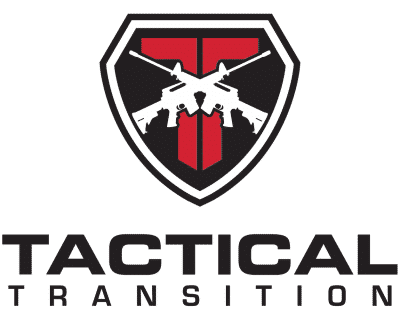5.56 vs 300 Blackout: A Comparison for the Modern Shooter
In the world of modern sporting rifles and ammunition, two of the most popular and debated calibers are the 5.56x45mm NATO (commonly referred to as 5.56) and the .300 AAC Blackout (often shortened to 300 BLK or 300 Blackout). Both rounds have their own unique strengths and potential applications, leading many gun enthusiasts to question which is the better choice for their needs. In this article, we will compare the two rounds in terms of ballistics, use-cases, and other factors to help you make an informed decision.
1. History and Origin
- 5.56x45mm NATO: The 5.56x45mm NATO is a high-velocity, intermediate cartridge designed in the 1960s. Originally developed by the U.S. as the commercial .223 Remington, the cartridge was later adopted by NATO and became the standard rifle cartridge for many military forces worldwide. It was primarily designed for the M16 rifle, which later evolved into the family of AR-15 rifles.
- .300 AAC Blackout: Developed in the early 2010s by Advanced Armament Corporation (AAC), the 300 Blackout was designed to provide improved performance over the 5.56 in shorter-barreled rifles and suppressed firearms. It essentially takes a .223/5.56 casing and necks it up to accept a .30 caliber bullet.
2. Ballistics and Performance
- 5.56x45mm NATO: Known for its flat trajectory and high velocity, the 5.56 offers good long-range accuracy, making it suitable for engagements up to 500 yards and beyond, depending on bullet type and rifle configuration. Its smaller, lighter bullet tends to produce less recoil, making it user-friendly for shooters of all levels.
- .300 AAC Blackout: The 300 BLK was designed with versatility in mind. It can be loaded with a variety of bullet weights and types. With supersonic loads, it offers ballistics similar to the 7.62x39mm (AK round), while with subsonic loads, it becomes an effective and quiet round when paired with a suppressor. It’s most effective within 200 yards, particularly when used in short-barreled rifles.
3. Use-Cases
- 5.56x45mm NATO: Given its long-range capabilities and lighter recoil, the 5.56 is popular for various applications including plinking, target shooting, hunting varmints and small to medium-sized game, and military/law enforcement use.
- .300 AAC Blackout: This caliber shines in close to medium-range engagements. Its ability to switch between supersonic and subsonic loads without changing any parts on the rifle makes it versatile. It’s favored for home defense, hunting medium game, and specialized military operations where stealth and stopping power at closer ranges are prioritized.
4. Ammo Availability and Price
Traditionally, 5.56 has enjoyed broader availability and generally more affordable prices due to its widespread military adoption and popularity among civilian shooters. However, with the increasing popularity of 300 Blackout, ammo production has ramped up, leading to more competitive prices and wider availability, though it still tends to be pricier than 5.56.
5. Platform Compatibility
Both calibers can be chambered in the popular AR-15 platform. A significant advantage of the 300 Blackout is that it requires only a barrel change from a standard 5.56 AR-15 rifle. All other components, including the bolt and magazine, remain compatible.
Conclusion
The choice between 5.56 and 300 Blackout largely depends on the intended use. For longer range shooting, varmint hunting, or general-purpose use, the 5.56 might be more appropriate. However, for those looking for versatility, especially in suppressed firearms or short-barreled rifle configurations, the 300 Blackout could be the way to go. Always consider your specific needs, budget, and platform preferences when making your decision.
